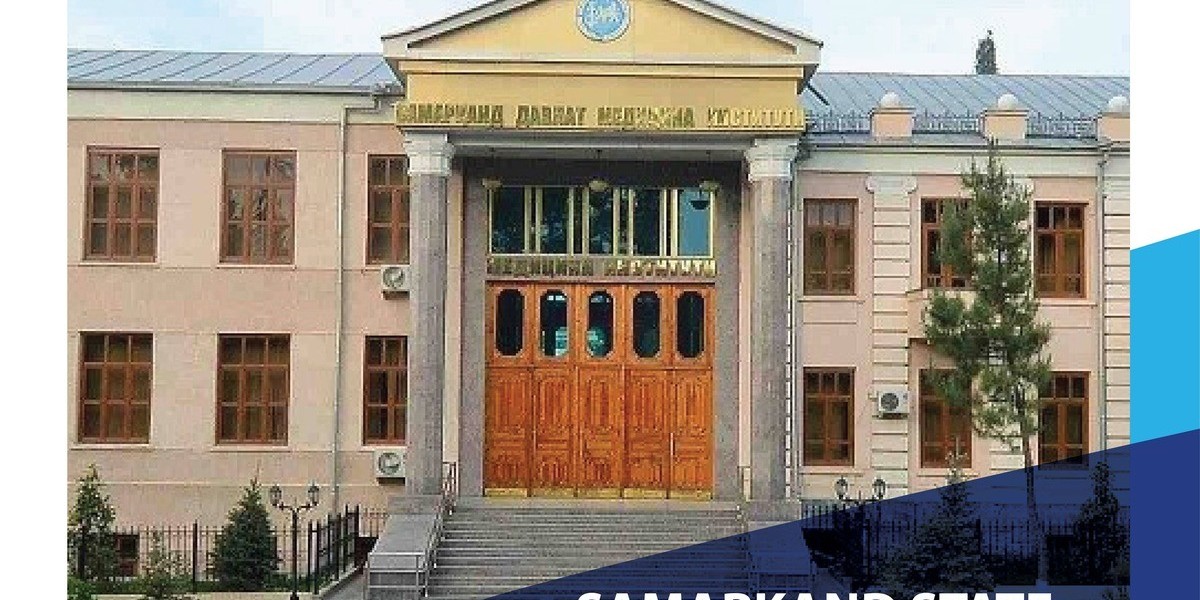Money laundering has become a reality that cannot be ignored, with significant evolution and a highly worrying development projection for law enforcement institutions. The life, physical integrity, freedom, patrimony, tranquility, and confidence in each citizen's personal and family safety, as well as social peace, are at risk as long as the phenomenon of organized crime and money laundering persists and multiplies, the economic and social life of communities is disturbed, the individual and society as a whole are permanent targets of this scourge. That is why AML compliance is something to consider severely and with all means.
It is essential to approach this topic in the current legal context determined by the extent to which the phenomenon registers nowadays because combating it is no longer the exclusive prerogative of each state but represents a common problem of the states of the world based on universal values. Among all organized crime activities, money laundering is the most well-known operation indispensable to any reinsertion of illicit financial funds obtained by organized crime organizations. Its primary function is to channel money from the illegal economy based on the ability and performance of the economic system to transfer capital and assets in large quantities and in a short time.
AML Compliance Is Mandatory as a Form of Prevention
Money laundering represents the final stage in the criminal cycle of organized crime groups but is also the starting point for a new criminal cycle. Through this illegal activity, members of the groups commit:
- They are evading the payment of taxes and fees owed to the states.
- Legalization of incomes that come from illegal sources.
- The resumption of criminal activity at higher levels is achieved by investing the sums in buying other quantities of drugs, weapons, means of transport, building warehouses, and other similar activities.
It is known that AML compliance is an essential tool in preventing money laundering through transactions or contractual relationships.
Money laundering is a complex activity, which, by the nature of the acts that must be executed, gives an appearance of legality to financial funds obtained illegally by persons who belong to organized crime groups and wish to later benefit from the respective incomes. In specialized literature, it has been demonstrated that the procedures used to launder money and put the so-called clean value into circulation go through three stages: placement, stratification, and integration. It must always be borne in mind that the crime of money laundering is made up of a complex of activities, methods, and techniques to lose the trace of a crime.
Stages of the Money Laundering Process
The placement of values involves the physical movement of illicit financial funds. The need to use this stage is because the possession of cash, as a result of the commission of a crime, such as drug trafficking or smuggling, can have a degree of risk for organized crime groups, as there is a possibility that enforcement bodies of the law to supervise them because they reported themselves as a result of the commission of the primary crime. Stratification is the proper method of money laundering, which involves hiding the illicit origin of financial resources, achieved by separating illicit income from its source.
That will allow scammers to create complex financial transactions that hide any control over illegal assets acquired. The last step, the integration, is an operation through which money launderers seek to give the appearance of legitimacy to the financial resources acquired illegally. It is essential for those debilitated to find tools that meet AML compliance requirements so that measures exist to prevent and combat money laundering in the best way possible.
The fight against money laundering is based on two objectives: combating organized crime and preserving the integrity of the market economy. It is necessary to take some measures to combat this crime,
- identification of clients through proof when establishing business relationships;
- keeping, as an evidentiary element in any investigation related to money laundering, some categories of documents, such as regarding identification and transactions;
- to inform, on its initiative, the national authorities about any fact that could be an indication of money laundering;
- the adoption of measures against money laundering through the Internet;
- adopting measures to avoid excessive cash payments.
Prevention Measures Are a Must for Combating Crime

All these prevention and combat measures are necessary to combat organized crime. Still, not transnational crime, which pursues profit-making purposes, and to effectively combat this type of crime, efforts must be focused on detecting, seizing, and confiscating products related to the crime. There are many types of money laundering schemes, and they are often seen daily through all kinds of businesses that you will never see as something that would raise any questions. Money laundering through trading activities is the most known, a scheme that takes advantage of the complexity of international laws and regulations.
A money launderer can manipulate invoices or the value of goods to move money from one country to another and give it the appearance of legitimacy. Examples of money laundering in trade are over- or under-invoicing of goods and services, excessive shipments of goods and services, and counterfeit goods and services. That is why AML compliance tools are necessary, as these happen more often. Criminals often use the antiques and art trade to launder illegal money. Antiques, paintings, or other works of art are bought with illegal money, and then criminals sell the products for currency, and the money is laundered.
Money Laundering Through Gambling
Casinos have a bad reputation when it comes to money laundering. Criminals come to these establishments with large amounts of cash and can disguise their dirty money while gambling. An often-used scheme is to buy casino chips with their illegal money, play a bit, and then cash out their chips. The result is that they go in with dirty money and come out with clean money disguised as earnings. Criminals prefer online games, so one of the most common money laundering methods is for two accomplices to play at the same digital table; one loses on purpose, and the money is quietly transferred to his accomplice.
Cash can be made to look legitimate through resale. Criminals can purchase important assets with hard cash and then quickly sell them to have money they can use in their bank accounts. The same can happen with stocks and bonds. The phenomenon of money laundering cannot be defined. The tide of threats to the rule of law, order, and public safety, produced by organized crime and money laundering money, as well as transnational crime, all associated with bureaucracy and a solid endemic corruption, need for a new approach with different tools that meet AML compliance requirement, much more complex and flexible, to solve this problem that increases worldwide.








